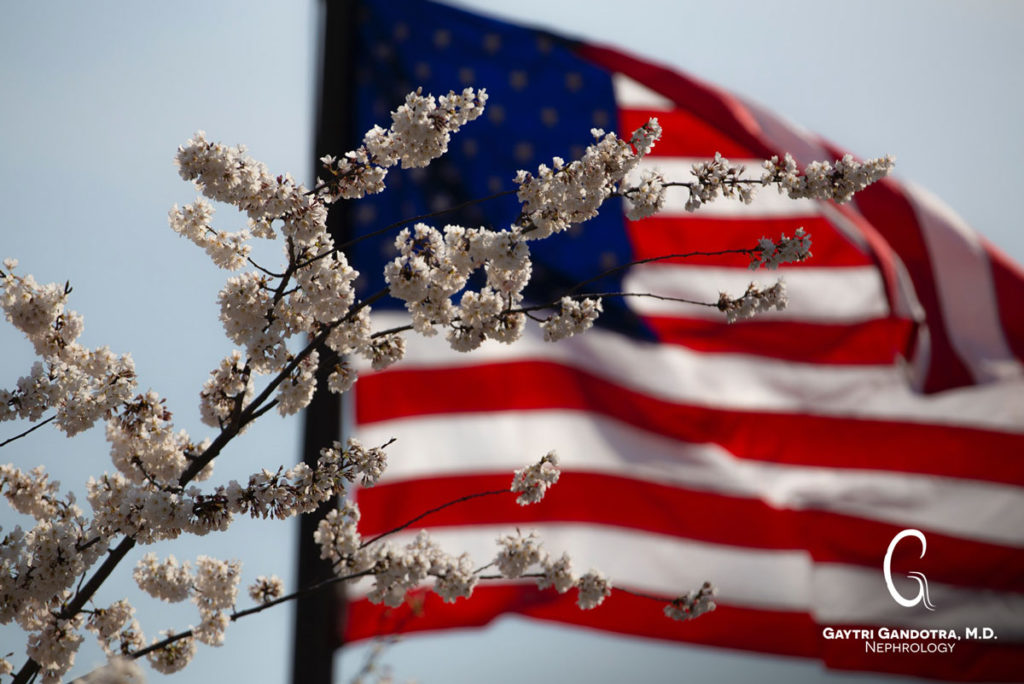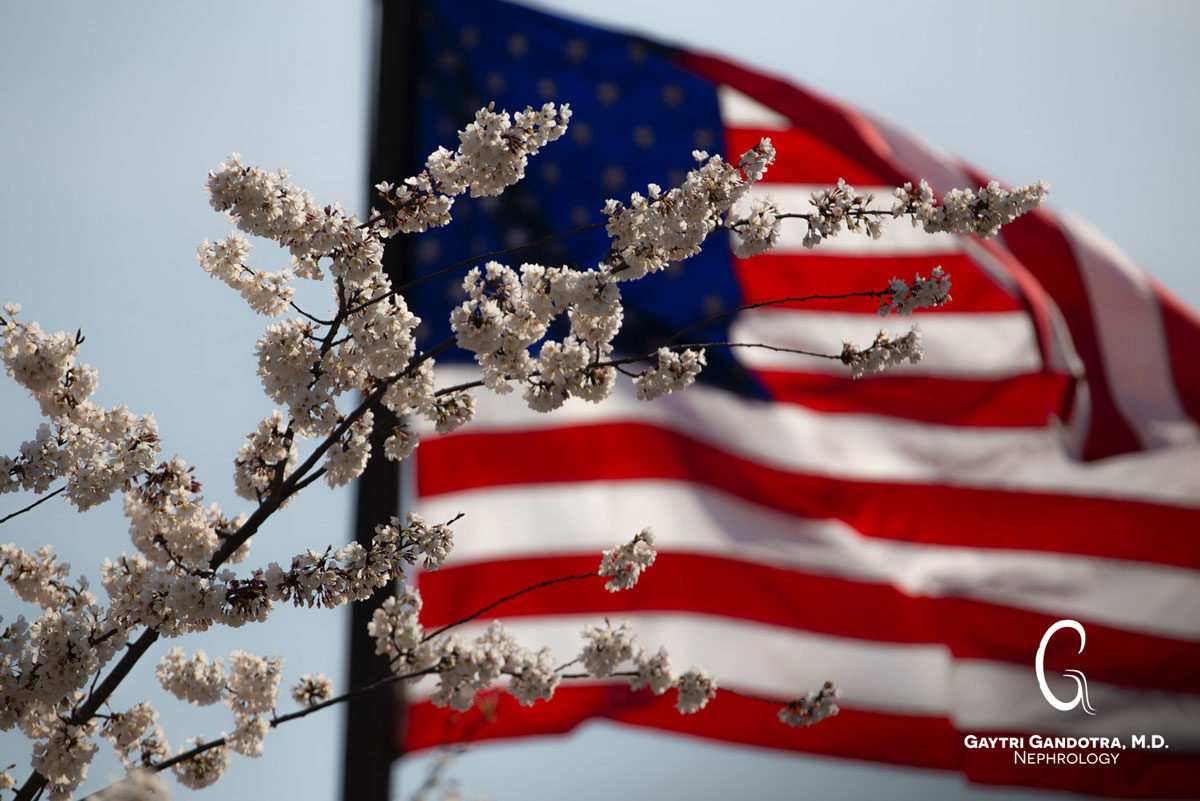Earlier this year, President Trump signed the first executive order since the 1970s to improve kidney care access. This order aims to encourage kidney transplants and decrease the cost of in-home dialysis treatments. It has been acclaimed by the National Kidney Foundation’s CEO, Kevin Longino, “Kidney care is, for the first time in decades, experiencing a renaissance that can transform the lives of millions of Americans while also saving taxpayers billions of dollars. NKF is grateful to the Administration and our bi-partisan Congressional champions who are elevating kidney disease as a national priority.” Since 37 million patients suffer from CKD and 726,000 have end-stage renal disease, these changes stand to make a big difference in kidney care.

Encouraging Transplants
Trump’s executive order puts focus on kidney transplants, one of the most effective ways of treating chronic kidney disease. Transplants have been notoriously difficult to receive for decades with long wait lists and slow donor/recipient matching. To help facilitate more Americans receiving the transplants they need, the order does the following:
- Modernizes transplant systems and loosens regulations.
- Removes financial barriers to organ donors by allowing lost wage and childcare cost reimbursements.
- Encourages the development and testing of artificial kidneys.
- Streamlines and expedites the transplant matching system.
These measures should help reduce long wait lists for transplants. But the order doesn’t stop there—it also seeks to improve other methods of treating kidney disease.
Improving Dialysis Access
Dialysis is currently a long, inconvenient, and expensive process for many CKD patients. Trump’s executive order seeks to improve access to dialysis in several ways.
The first improvement is to test adjusting Medicare’s payment incentives for the use of home dialysis equipment. Currently, this is an expensive option for healthcare providers. So many patients have no option other than to go to dialysis centers for their treatments. But by allowing Medicare to reimburse providers at better rates, more dialysis patients should gain access to home treatment.
The second improvement for dialysis access is better education about treatment alternatives. Many dialysis patients are not aware of all of their options for treating CKD and end-stage renal disease. By learning about things like peritoneal dialysis and the different forms of hemodialysis, people can make better decisions for their individual life circumstances.
If you’d like to learn more about Trump’s executive order, you can read more from the White House’s briefing statement.

